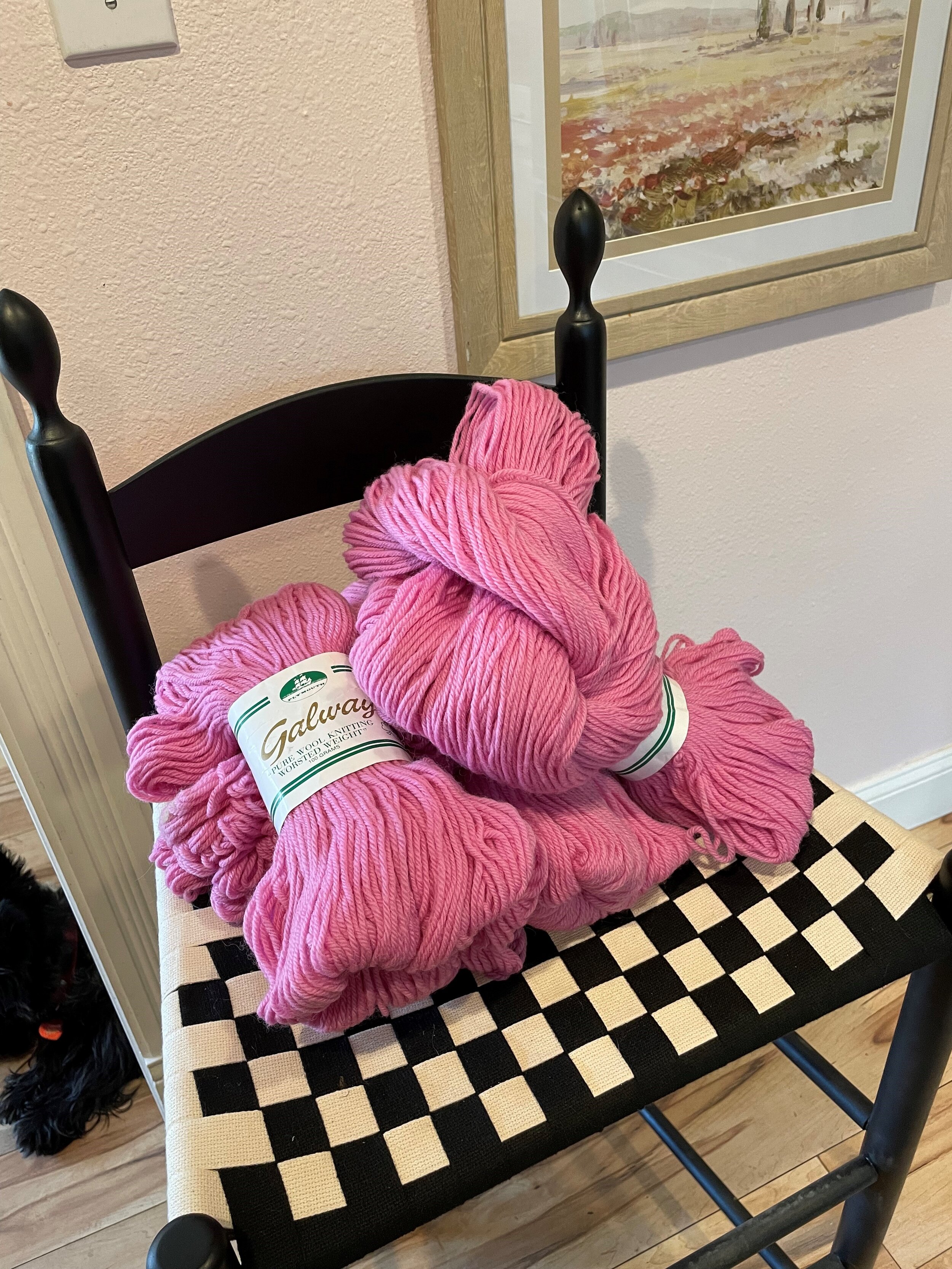This, That and the Other
THIS
Happy Boxing Day! I hope this finds you all resting comfortably after the exertions of the last couple of days, and, of course, knitting.
For my Thistlemakers, both prior and would-be, thank you so much for your response and interest in a Ravelry group for a knitalong and advice column! I’ve created one HERE for you and I hope you’ll join in the fun. In addition to providing help and guidance for your Thistle Stole journey, I’ll also be soliciting input and sharing tidbits on the creation of my new Thistle Cardigan there. I’m so excited about doing this with you.
2. THAT
Speaking of things you’ve asked me for, Gentle Readers, here’s another bit of flotsam I’ve been needing to attend to: The Flower of Nepal sample is all done, except to finalize and apply her ribbon trim. I’ve collected about 20 different candidates, but still haven’t landed on the combination I like best. Stay tuned for the final result, but in the meantime I thought my “minimalist” knitters would like to see this naked (sans trim) version.
The next step will be writing the actual pattern, then the grueling stamina-enhancing math challenge that is garment sizing, and then, finally, the technical editing process. This last, of course, is when the inimitable Karen takes my (terrifying?) pattern draft and distills it into knittable form. I have no idea how she achieves this, but it seems to me like equal parts solving for X and Witchcraft. Watch this space for updates on the kits and class.
3. THE OTHER
Last of all, I thought I’d finish out the year by showing you this little bit of fun I’ve been having: My BFF Sweater. It’s a 2-person knitalong I browbeat convinced my bestie to do with me. Mine’s just now done, and his is mid-way through. Please feel free to visit his website and offer encouragement/see his progress.
I’ll be wearing this as 2024 winds down, and I quietly reflect on the many blessings of my life in knitting, and on the love and joy you all bring.












